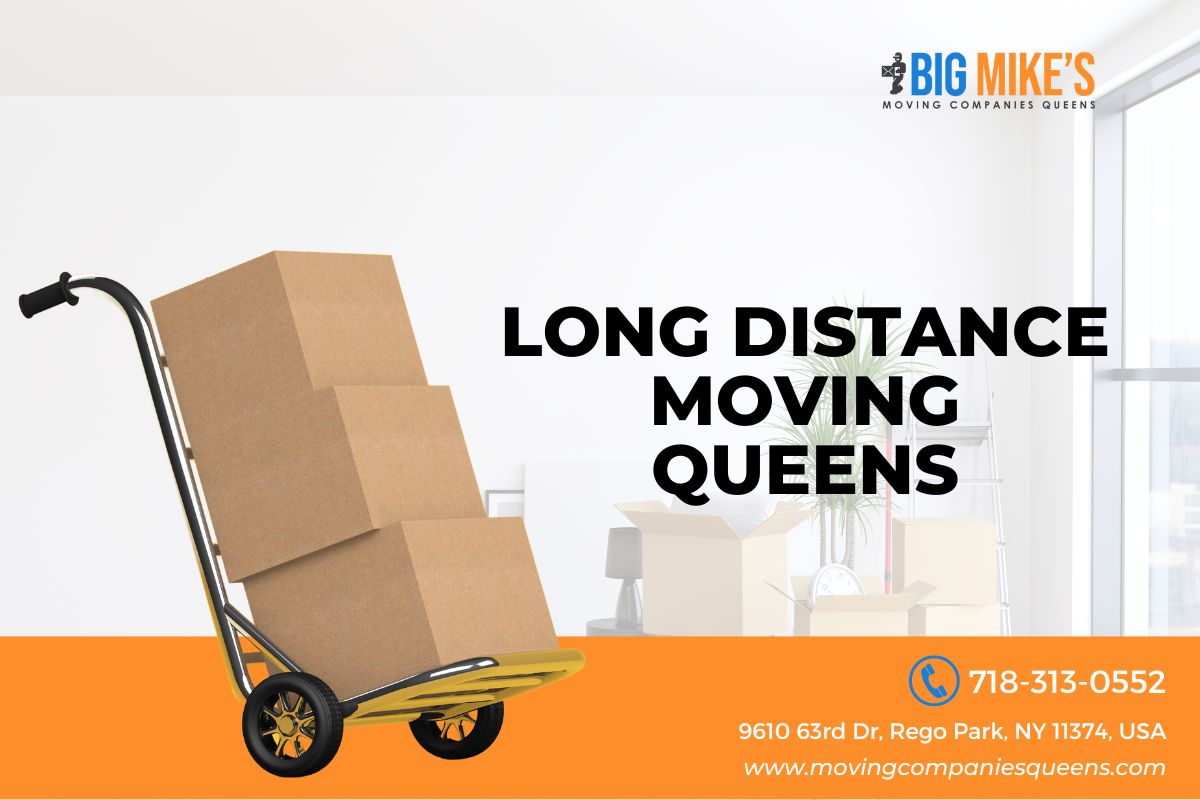


Introduction
Moving can be a stressful and overwhelming process, but with the right packing and loading materials, it can become much easier and more efficient. Whether you are planning a residential move or relocating your business, having the essential tools and supplies at your disposal is crucial to ensure a smooth transition. In this article, we will explore the various packing and loading materials that are essential for a successful move. From boxes and tape to furniture pads and dollies, we will cover everything you need to know to make your next move a breeze.
Table of Contents
Choosing the Right Boxes Securing Your Belongings with Tape Protecting Fragile Items Utilizing Furniture Pads Using Dollies for Heavy Items Organizing with Labels Wrapping Furniture for Protection Sealing Your Boxes Properly Load Securement Equipment Assembling Essential Tools Proper Handling of Electronics Packing Clothing Efficiently Preparing Appliances for Transport Disassembling Furniture Safely Choosing the Right Packing Materials for Different Items Maximizing Space in Your Moving Truck Storing and Organizing Small Items Loading and Unloading Techniques Securing Your Load for Transportation Packing and Unpacking Services How to Choose a Reliable Moving Company Understanding Moving Insurance Preparing a Moving Inventory Frequently Asked Questions (FAQs) ConclusionMoving Made Easy: Essential Packing and Loading Materials
Moving can be quite overwhelming, especially when it comes to packing and loading your belongings. However, with the right packing and loading materials, the process can be made much easier and more efficient.
Choosing the Right Boxes
One of the most crucial aspects of packing is selecting the right boxes for your items. Different items require different types of boxes to ensure their safety during transportation. Here are some common box types you may need:
Standard boxes: These are versatile boxes that can be used for various household items. Wardrobe boxes: Designed specifically for clothing, these boxes come with a built-in hanging rod. Dishpack boxes: These sturdy boxes have extra padding and dividers to protect fragile dishware. Mirror/picture boxes: Ideal for transporting mirrors, artwork, or any other flat, delicate items. Mattress boxes: Keep your mattresses clean and protected during the move with these specialized boxes.Securing Your Belongings with Tape
Once you have packed your items in the appropriate boxes, it's essential to secure them properly with high-quality packing tape. Ensure that the boxes are tightly sealed to prevent any shifting or damage during transit. Invest in strong, durable tape that can withstand the rigors of moving.
Protecting Fragile Items
Fragile items require extra care and protection during a move. Here are some materials you can use to safeguard delicate belongings:
Bubble wrap: Wrap fragile items, such as glassware and ceramics, in bubble wrap to cushion them from impact. Packing paper: Use packing paper to fill empty spaces inside boxes and provide additional padding for delicate items. Foam pouches: These pouches are perfect for protecting individual fragile items like vases or figurines.Utilizing Furniture Pads
To prevent scratches, dents, and other damage to your furniture during the move, invest in furniture pads. These pads provide a protective layer between your furniture and the moving truck, ensuring they arrive at their destination unscathed.
Using Dollies for Heavy Items
Moving heavy furniture or appliances can be physically demanding and potentially dangerous. To make this task easier, consider using dollies or hand trucks. These tools allow you to transport heavy items with minimal effort, reducing the risk of injury.
Organizing with Labels
Labeling your boxes is essential for easy identification and organization during unpacking. Clearly mark each box with its contents and the room it belongs to. This will save you time and frustration when it comes time to unpack.
Wrapping Furniture for Protection
In addition to furniture pads, wrapping your furniture in plastic stretch wrap provides an extra layer http://landenbljo840.theglensecret.com/the-key-to-a-smooth-relocation-why-you-should-hire-professional-movers of protection against dirt, dust, and moisture during transportation. It also helps to keep doors and drawers securely closed.
Sealing Your Boxes Properly
Properly sealing your boxes is crucial for ensuring the safety of your belongings. Make sure to tape the top and bottom seams of each box securely. Use a "H" or "X" pattern when taping to provide maximum strength.
Load Securement Equipment
When loading your items into a moving truck, it's essential to have the right equipment to secure the load in place. Here are some load securement tools you may need:
Tie-down straps: These straps are used to secure large items, such as furniture or appliances, to prevent them from shifting during transit. Moving blankets: These thick blankets protect your furniture from scratches and bumps while in transit. Ratchet straps: Ideal for securing heavy loads, ratchet straps provide maximum tension and security.Assembling Essential Tools
To make the packing and loading process more efficient, assemble the necessary tools beforehand. Some essential tools you may need include:
Box cutter: Use a sharp box cutter to open boxes quickly and easily. Tape dispenser: A tape dispenser makes sealing boxes faster and more convenient. Screwdriver set: Keep a variety of screwdrivers on hand for disassembling and reassembling furniture. Measuring tape: Measure doorways, hallways, and furniture dimensions to ensure everything fits through smoothly.Proper Handling of Electronics
Electronic devices require special care during a move. To ensure their safety, follow these guidelines:
Back up data: Before packing any electronics, back up all important data to avoid potential loss or damage. Original packaging: Whenever possible, use the original packaging when transporting electronics as they are designed to provide optimal protection. Anti-static materials: Use anti-static bubble wrap or foam pouches for sensitive electronic components to protect them from static electricity.Packing Clothing Efficiently
Packing clothing can be a time-consuming task, but with the right approach, it can be made much easier. Here are some tips for efficient clothing packing:
Rolling vs. folding: Consider rolling your clothes instead of folding them to maximize space and minimize wrinkles. Vacuum-sealed bags: Use vacuum-sealed bags to compress bulky items like winter coats or blankets.Preparing Appliances for Transport
Before moving your appliances, it's essential to prepare them properly to prevent damage. Here are some steps you should take:
Clean thoroughly: Clean and dry your appliances thoroughly before packing them. Secure loose parts: Tape or zip tie any loose parts, such as cords or shelves, to prevent them from shifting during transit. Disconnect and drain: For appliances that require it, disconnect and drain any water supply lines.Disassembling Furniture Safely
To make furniture easier to transport and maximize space in the moving truck, consider disassembling larger pieces. Follow these steps for safe disassembly:
Take photos: Before disassembling any furniture, take photos to serve as a reference when reassembling. Keep hardware organized: Place screws, bolts, and other hardware in labeled plastic bags and tape them securely to the corresponding furniture piece.Choosing the Right Packing Materials for Different Items
Different items require different types of packing materials to ensure their safety during transportation. Here are some examples:
Packing peanuts: Ideal for filling empty spaces in boxes and providing cushioning for delicate items. Foam sheets: Use foam sheets between layers of fragile items to prevent them from bumping into each other. Packing tape: Invest in high-quality packing tape that is durable and tear-resistant. Stretch wrap: Use stretch wrap to secure multiple boxes together or protect furniture from dust and moisture.Maximizing Space in Your Moving Truck
Efficiently utilizing the available space in your moving truck can save you time, money, and headaches. Here are some tips for maximizing space:
Stacking technique: Stack boxes and furniture vertically to make the most of the vertical space in the truck. Fill gaps: Fill any empty spaces with smaller items or packing materials to prevent shifting during transit.Storing and Organizing Small Items
Keeping track of small items during a move can be challenging. Here are some strategies to store and organize them effectively:
Ziplock bags: Use ziplock bags to store small items such as screws, bolts, or jewelry. Clear plastic containers: Transparent containers allow you to see what's inside without opening them, making it easier to locate specific items.Loading and Unloading Techniques
Proper loading and unloading techniques can significantly reduce the risk of damage to your belongings and minimize physical strain. Follow these guidelines:
Start with heavy items: Load heavy items first to create a stable base for lighter boxes and furniture. Use ramps or dollies: Whenever possible, use ramps or dollies to load and unload heavy items safely.Securing Your Load for Transportation
Securing your load properly is crucial for a safe move. Here are some tips for securing your belongings in the moving truck:
Tie-down straps: Use tie-down straps to secure large items to anchor points in the truck's interior. Furniture blankets: Place furniture blankets between items to prevent them from shifting during transit.Packing and Unpacking Services
If you find packing and unpacking overwhelming, consider hiring professional packing and unpacking services. These services can save you time and ensure that your belongings are packed and unpacked efficiently and safely.
How to Choose a Reliable Moving Company
Choosing a reliable moving company is essential to ensure a smooth and stress-free move. Here are some factors to consider when selecting a moving company:
Experience: Look for movers with years of experience in the industry. Reviews and testimonials: Read reviews and testimonials from previous customers to gauge their level of satisfaction. Licensing and insurance: Verify that the moving company is licensed and insured to protect your belongings during transit.Understanding Moving Insurance
When planning a move, it's crucial to understand the different types of moving insurance available. Here are some common types:
Released value protection: This basic coverage is included in your moving contract at no additional cost, but it provides limited liability based on weight. Full value protection: This comprehensive coverage option offers replacement or repair value for lost or damaged items.Preparing a Moving Inventory
Creating a detailed moving inventory can help you keep track of your belongings and ensure that nothing gets lost or left behind during the move. Here's how to prepare a moving inventory:
Start early: Begin creating your inventory well in advance of your move. Categorize items: Group similar items together to make organization easier. Include descriptions: Write down detailed descriptions of each item, including its condition.Frequently Asked Questions (FAQs)
Q: How far in advance should I start packing for a move?- A: It's best to start packing as soon as you know you're going to move, ideally at least 4-6 weeks before your move date.
- A: It depends on your budget and personal preferences. Professional packers can save you time and ensure that your belongings are packed efficiently and safely, but they come at an additional cost.
- A: Consider donating or selling unwanted items before your move. This will help reduce the amount of belongings you need to pack and transport.
- A: For valuable or sentimental items, consider packing them yourself and keeping them with you during the move, rather than entrusting them to the moving company.
- A: Yes, there are certain items that moving companies cannot transport due to safety regulations. These may include hazardous materials, perishable goods, and flammable substances.
- A: In addition to using proper packing and loading materials, it's important to choose a reputable moving company that has a track record of safe and reliable transportation.
Conclusion
By utilizing the essential packing and loading materials discussed in this article, you can make your next move a stress-free experience. From choosing the right boxes and tape to protecting fragile items and securing your load properly, these materials will ensure the safety of your belongings during transit. Remember to plan ahead, label your boxes, and utilize proper techniques for loading and unloading. With these tips in mind, you can make moving easy and efficient.